Why is the steering rack quenched?
2022-11-15
What is quenching? The technical workpiece is placed in the inductor, and when the alternating current is passed in the inductor, an alternating magnetic field with the same frequency as the current is generated around the inductor, and the induced electromotive force is correspondingly generated in the workpiece, forming an induced current on the surface of the workpiece, that is, eddy current. Under the action of the impedance of the workpiece, this eddy current converts electrical energy into heat energy, so that the surface temperature of the workpiece reaches the quenching heating temperature, which can realize surface quenching.
Induction hardening technology has the following advantages over ordinary metal heating technology:
1. The surface hardness of metal workpieces is high, and the surface hardness of workpieces quenched by high and medium frequency induction heating surface is often 2~3 HRC higher than that of ordinary quenching. Its metal impact toughness, fatigue strength and wear resistance have been greatly improved. Induction hardening can greatly improve the service life of metal workpieces;
2. The metal workpiece is not heated as a whole, so the overall deformation is small;
3. The heating time of metal workpiece is short, and the amount of surface oxidation and decarburization is small;
4. The heating source is carried out on the surface of the metal workpiece, which has fast heating speed and high efficiency;
5. The structure of induction quenching equipment is compact and easy to use than ordinary metal heating equipment;
6. Induction hardening machine tool realizes mechanized and automated heat treatment processing, saving labor costs;
7. Induction hardening technology: surface quenching can also be used in penetration heating and chemical heat treatment.




